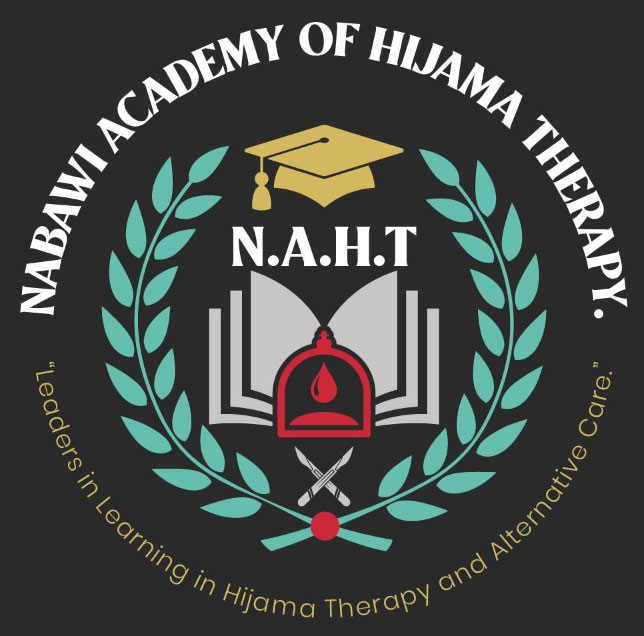Hijama/Cupping Therapy.
Hijama Therapy Treatment- What to Expect “Before & After”.
Now that you know what hijama therapy is all about; the under-stated gives an explanation of what is expected from a hijama session.
Before your treatment.
- A full medical history is taken; by a qualified hijama therapist in a consultation to get a picture of your current health status. This can take 10-15 minutes.
- Once this is established the therapist can decide if you are suitable for hijama therapy or not. If not, you will require a more detailed health assessment at one of our clinics before treatment is considered.
- If hijama is not suitable, other therapies; may be recommended. If you do not require a physical assessment your recommended treatment plan will be prescribed and passed on to the hijama practitioner that you are booked in with.
- After your appointment with your hijama practitioner; has been arranged, you will be given advice on what to do before your appointment. Once at your appointment, your hijama practitioner will ensure your blood pressure, temperature, heart rate, and breathing rate are all within normal limits.
- If all is okay, then you can proceed with the recommended treatment plan by the hijama therapist. This may involve hijama alone or other treatments in combination with hijama. For the hijama component; you may be asked to lie down on a couch. For about 5-10 minutes, a special small cup is placed on the back of your body. Using a hand-operated pump, it creates suction on the skin.
- Then the hijama cup is removed slight pricks are made in the area using a small sterile blade or lancet pen. For approximately 7-10 minutes the cup is reapplied to the skin using suction. This now collects unwanted waste/old blood in the cup.
- Finally, after a limited number of applications OR once the blood from that area stops, the cup is removed. The blood and all materials used; are safely discarded. The skin area is cleaned, and sterilized to heal naturally.
- The cupped sites will stop bleeding as soon as the suction stops. Within a few minutes, the cuts scab over and dry, leaving the area free of any bodily fluids. If there is a slight amount of fluid weeping from the site a spray plaster dressing will be applied. Large dressings or plasters are not usually necessary as they often make the site moist and prevent quick healing.
- The whole session typically lasts one hour, unless you are a repeat patient in which case it should take no longer than 30 minutes.
After your initial treatment.
- The body may feel light and rejuvenated after your first treatment.
- You may occasionally feel lightheaded after getting up from lying on the treatment couch, you are advised to drink plenty of fluids during this time.
- In pain conditions, it is possible to feel immediate reductions in symptoms; however, this is not always the case. Some conditions require a minimum of 3 treatments before noticeable results can be seen.
- You may also feel tired and want to rest. It; is advised to relax after your treatment regardless of how you feel. As long as you do light work or keep your body in motion following treatment, this does not necessarily mean you should go to sleep or completely restrict your movement.
- You should avoid eating large or heavy meals as digesting large meals or heavy foods such as meats and dairy products can make you feel even more fatigued.
- For a day or two it is not uncommon to feel itchy in the areas where the small cuts or pinpricks were made. The area must, however, be avoided from being scratched.
- It is, suggested to avoid soaking the hijama sites with water for at least 24 hours after the treatment. However, washing the site to maintain hygiene OR make ablution; is permitted as long as an active effort is made to keep the area dry.
- Over the course of approximately two weeks, the round cup marks that appear similar to bruises on the skin as well as the small cuts will gradually fade away. However, this can vary depending on each individual.
- In the event of cold weather or conditions, keep yourself warm after you have hijama.
